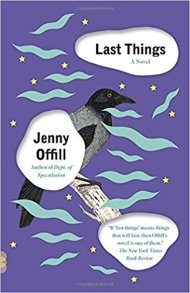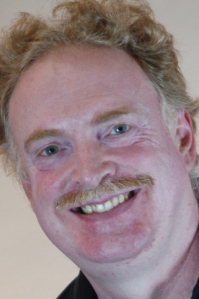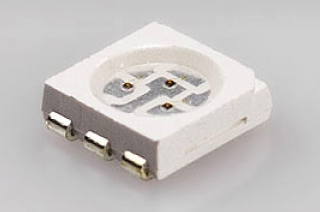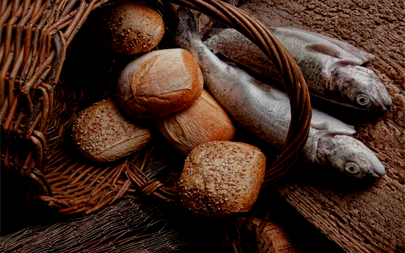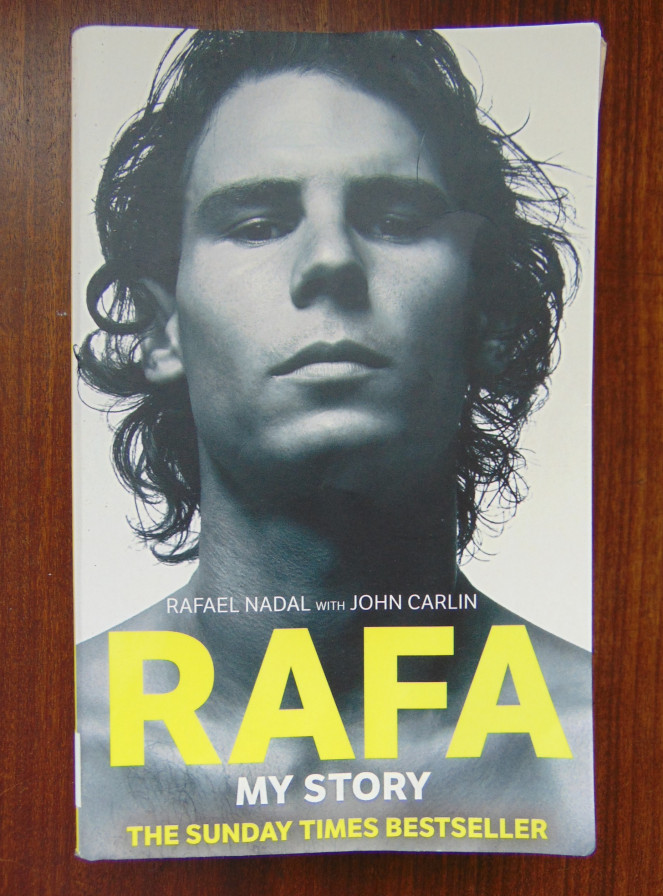Hi all! I am absolutely delighted to be on the blog tour for Jaimie Adman’s novel, The Chateau of Happuy Ever Afters today. I’ve known Jaimie since pretty much when I started blogging, I’ve read a few of her Young Adult novels and loved every one of them and we also have exactly the same tattoo, which was a huge surprise when I found out! I’m so excited to be part of Jaimie’s next writing adventure and have had the chance to organise her blog tour for her. Today she’s talking about her writing process and don’t forget to scroll right down to the bottom of the post for a fantastic giveaway!
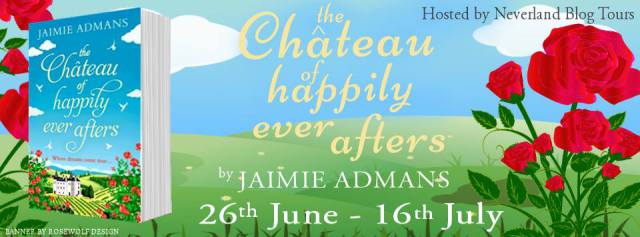
My writing process has definitely changed over the years. A few years ago, my approach to writing was to dive in and hope for the best with every new idea, but writing is not just a hobby anymore, so I have a slightly more sensible approach now.
1 – idea!
I always get excited by new ideas. Whenever I finish a book, I have a little while of dread. What if that’s it? What if that was my last good idea? It’s always exciting to feel that first spark of a new idea, the endless possibilities that spiral from it, the promise of new characters and exciting settings ready to be created. A lightbulb moment where things fall into place, characters show themselves and start speaking, and I get a fizz of excitement – this idea has potential!
In earlier years, I’d have ran to my computer and started writing it, complete with poorly formed characters and no idea where it was going. It would inevitably run out of steam after a few chapters and be relegated to the ‘maybe that wasn’t such a good idea after all’ pile.
Now, no matter how excited I am about an idea, I have to know I can write the book before I commit to it. I still run to the computer and write down the idea before I forget it – this is something that’s guaranteed to happen every time I think ‘this is such a good idea, I’ll never have forgotten that by morning’. Hah.
A good idea is usually like a floodgate for me. It comes with a deluge of snippets, from scenes to characters to plot twists and lines of dialogue that need writing down immediately, and usually the more you write, the more come flooding in.
2 – research!
My next step is research – not much at this stage, just enough to ensure the idea is viable, that the events in it could happen in real life, that they could realistically take place in the setting. I just need to know that if I go ahead and write this book, there’ll be no huge road blocks down the line.
I also use this time to let the idea brew – the more I think about it, the more ideas come to me. If I’m not frantically scribbling down snippets at this stage, it might be time to rethink the whole thing. I’ll also start writing a little blurb and a vague synopsis that always ends up much too long, but I heard this tip from another author ages ago – write the synopsis first. It really does help. It irons out any plot problems, helps with characterisation and character motivations, and it’s a little outline without being an outline.
3 – write!
This is the best part – stepping off the edge and diving in. This is what I look forward to. Maybe it’s just me, but I don’t feel like a writer unless I’m writing. Editing, revising, the other bits that come with it, even though it’s still writing, nothing comes close to feeling as good as writing that first draft. The endless blank pages ahead full of possibility, characters just waiting to take over your life and refuse to do what you had planned for them. This is what it’s all about for me.
While I’m writing, I don’t do anything else. No editing, no going back and tinkering with sentences, no research. This probably comes from years of doing NaNoWriMo, where you commit to writing 1667 words every day in November, and by the end of the month, you’ve written a 50k novel. There’s a huge emphasis on only writing forwards and not looking back until you’ve reached the end. I did NaNo for many years and it was invaluable, and this is one of the many things I took from it. You need that first draft down on the page. So when I’m writing, I never edit anything, and if I need to look something up then I just mark it and know I’ll sort it out during editing. If I can’t think of the right word, I’ll use a similar word and mark it. If a minor character pops up and doesn’t have a name, I’ll call them CharacterA. Nothing to distract from the actual writing. (Well, when I’ve managed to close Twitter, that is!)
4 – fixing and stepping away!
Only when the first draft is done will I go back through it with a search for all my markers, look them up and fix them.
Then, if I can, I’ll put the book away for as long as possible. Even if it’s just for a week or so, I close the document, close the Pinterest board, close the pictures of hot men who resemble the hero, and do something else. Deadlines don’t always allow it, but I need space from a novel before I even try to see what’s structurally wrong with it. When you’ve just written something, you’re too close to it. You know every word. When you can step back and let yourself forget about it for a while, you go back to it with fresh eyes, and you’re more likely to be able to identify what’s wrong, where something’s sagging, where the pacing’s off, or if a character’s name/hair colour/eye colour change halfway through!
5 – ripping it to shreds!
Not literally. Well, maybe if you’ve printed out a copy! After I’ve had as long away from it as possible, I’ll read over it again and mark up anything that I don’t like, anything that seems slow, anything repetitive or inconsistent, anything that doesn’t make sense, generally anything that bothers me even slightly. Then I pull it apart and put it back together, again and again. Repeat to infinity. The biggest problem with editing is knowing when to stop. I think most authors could carry on tinkering with their books forever, but eventually you have to stop yourself and hit ‘send’ to your editor, convinced it’s terrible and your revisions will be less ‘revising’ and more rewriting the whole book!

 Links: Amazon UK | Amazon US
Links: Amazon UK | Amazon US
Blurb: Where dreams come true…?
Wendy Clayton stopped believing in fairy tales a long time ago. Instead, she has a ‘nice’ life. Nice job. Nice flat. Absolutely no men. Until her life is turned upside-down when her elderly neighbour, Eulalie, passes away and leaves her the Château of Happily Ever Afters!
But there’s a catch: she must share the sprawling French castle with Eulalie’s long-lost nephew, Julian. And no matter how gorgeous he is, or how easily she finds herself falling head over heels, Wendy needs to find a way to get rid of him…
Because surely happily ever afters don’t happen in real life?

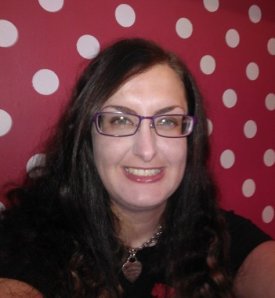 Links: Website | Twitter | Facebook
Links: Website | Twitter | Facebook
About Jaimie: Jaimie is a 32-year-old English-sounding Welsh girl with an awkward-to-spell name. She lives in South Wales and enjoys writing, gardening, watching horror movies, and drinking tea, although she’s seriously considering marrying her coffee machine. She loves autumn and winter, and singing songs from musicals despite the fact she’s got the voice of a dying hyena. She hates spiders, hot weather, and cheese & onion crisps. She spends far too much time on Twitter and owns too many pairs of boots.
She will never have time to read all the books she wants to read.
She is the author of chick-lit romantic comedies The Chateau of Happily Ever Afters and Kismetology, and she has also written young-adult romantic comedies Afterlife Academy, Not Pretty Enough, and North Pole Reform School.


Fancy winning yourself this fabulous French themed stationery bundle? Of course you do! We all love stationery and in this bundle you’ll get: Paris notebook & pen from Paperchase, The Chateau of Happily Ever Afters notebook, Eiffel Tower model & bookmark, The Chateau of Happily Ever Afters magnet and a signed postcard. To enter, just click HERE to go to the Rafeelcopter giveaway!
Advertisements Rate this:Like this post? Give it a share :)